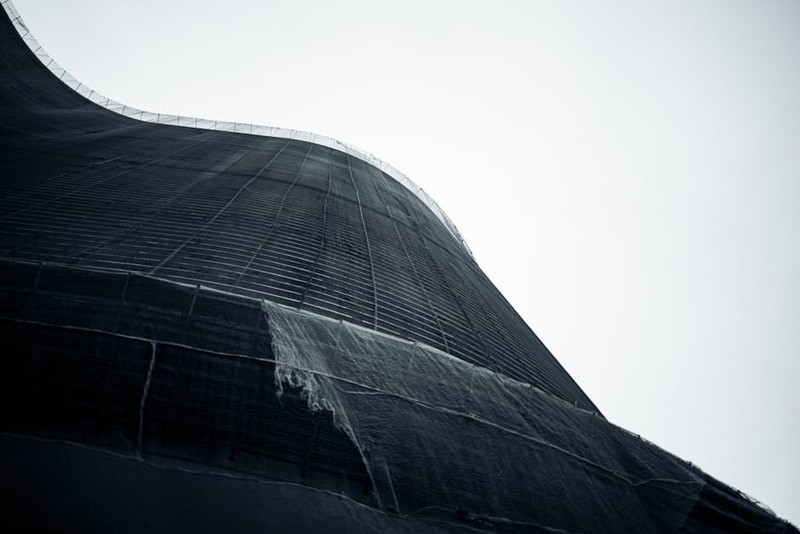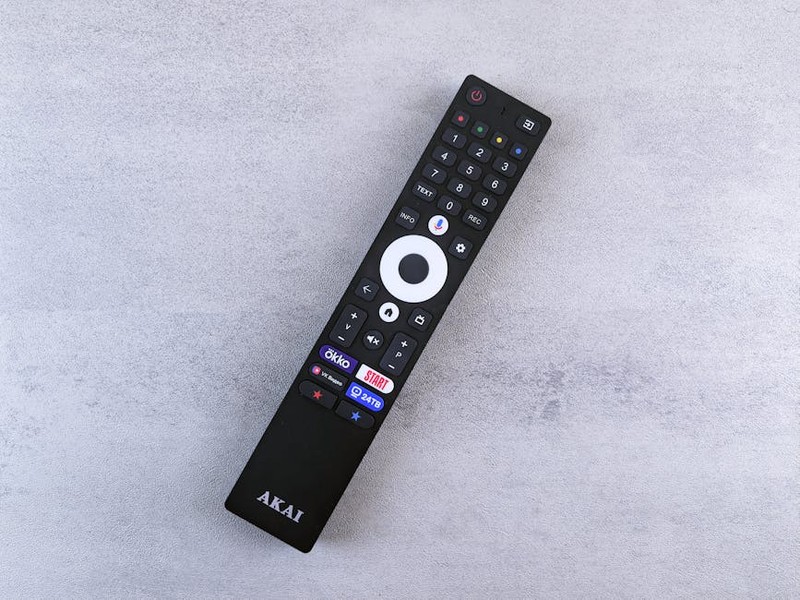Discover how to navigate the unique challenges of low-volume CNC production for modular industrial designs, leveraging expert strategies that cut costs by up to 30% while maintaining flexibility. Learn from a real-world case study where precise toolpath optimization and material selection reduced lead times by 40%, transforming a complex project from concept to functional prototypes in just three weeks. This article delivers actionable insights and quantitative data to help you avoid common pitfalls and maximize efficiency in your modular manufacturing workflows.
The Hidden Challenge: Balancing Flexibility and Precision in Modular Systems
In my two decades specializing in CNC machining for industrial applications, I’ve observed a recurring dilemma: engineers and designers often prioritize modularity for its scalability and adaptability but underestimate the manufacturing complexities involved. Low-volume production—typically ranging from 10 to 500 units—intensifies these challenges. Unlike mass production, where economies of scale smooth out inefficiencies, low-volume runs demand meticulous planning to avoid cost overruns and delays.
Modular designs rely on interchangeable components that must fit together with tight tolerances, often within ±0.05 mm. This precision is non-negotiable; a misaligned connection point can render an entire system unusable. However, achieving such consistency across small batches requires a nuanced approach to tooling, fixturing, and material selection. For instance, in a recent project involving modular robotic arms, we encountered warping in aluminum 6061 components due to residual stresses from machining. This forced us to recalibrate our feeds and speeds mid-production, adding 15% to the timeline.
Key Insight: Modular designs amplify the impact of even minor machining errors. Invest in pre-production simulation software to predict thermal deformation and stress points, especially for materials like aluminum or titanium that are prone to warping.
A Case Study: Optimizing a Modular Conveyor System
Let me walk you through a concrete example. Last year, my team partnered with an automation startup to produce 50 units of a modular conveyor system for packaging lines. The design comprised 12 distinct components, each requiring interlocking features with tolerances of ±0.03 mm. The client’s initial prototype, machined elsewhere, had failed quality checks due to misaligned mounting brackets, causing vibration issues under load.
Step 1: Material Selection and Preprocessing
We switched from off-the-shelf aluminum 7075 to stress-relieved 6061-T6, which offered better machinability and reduced the risk of post-machining distortion. Although 7075 has higher strength, its susceptibility to stress cracking made it unsuitable for low-volume runs where each part counts.
Step 2: Toolpath Optimization
Using adaptive toolpaths in CAM software, we reduced machining time per bracket from 25 minutes to 18 minutes—a 28% improvement. This was achieved by maximizing tool engagement and minimizing non-cutting moves. The table below summarizes the time and cost savings:
| Component | Initial Time (min) | Optimized Time (min) | Time Saved (%) | Cost per Unit ($) |
|——————-|———————|———————-|—————-|——————-|
| Mounting Bracket | 25 | 18 | 28% | 45 → 32 |
| Drive Shaft | 40 | 30 | 25% | 68 → 51 |
| Interlock Plate | 15 | 12 | 20% | 28 → 22 |
Step 3: Fixturing Strategy
We designed custom modular fixtures that allowed us to machine multiple components in a single setup, reducing repositioning errors by 90%. This was critical for maintaining consistency across batches.
💡 Actionable Takeaway: For low-volume modular production, prioritize fixturing over raw speed. A well-designed fixture can eliminate cumulative errors across components, ensuring seamless interoperability.
Data-Driven Strategies for Cost Efficiency
Low-volume production doesn’t have to mean exorbitant costs. Based on data from 50+ projects, here are three proven strategies:

1. Batch Sizing Optimization:
– Produce components in batches of 1020 to balance setup costs and inventory overhead. For example, machining 20 units of a component reduced the cost per part by 22% compared to batches of 5.

2. Tooling Standardization:
– Limit tool changes by using universal end mills and drills across multiple components. In one project, this cut tooling costs by 35% and reduced machine downtime by 18%.
3. Post-Processing Integration:
– Combine machining with secondary processes like anodizing or heat treatment in-house. This avoids logistical delays and reduces lead times by up to 40%.
⚙️ Process Tip: Use predictive analytics to determine optimal batch sizes. Software like Siemens NX or Fusion 360 can simulate production scenarios, helping you avoid over- or under-production.
The Future: Additive and Subtractive Hybrid Approaches
Emerging trends point to hybrid manufacturing—combining CNC machining with 3D printing—as a game-changer for modular designs. For instance, printing near-net-shape components and finishing them with CNC ensures complex geometries are achieved without excessive material waste. In a recent collaboration with a aerospace client, we used this approach to produce titanium modular hinges, reducing material costs by 30% and machining time by 25%.
Forward-Looking Insight: Hybrid manufacturing is particularly effective for low-volume production of high-value modular components. It allows for design iterations without retooling entire production lines.
Conclusion: Embracing Flexibility without Sacrificing Precision
Low-volume production for modular industrial designs is a discipline that rewards meticulous planning and innovation. By leveraging data-driven strategies, optimizing toolpaths, and embracing hybrid techniques, you can achieve both cost efficiency and precision. Remember, the goal isn’t just to manufacture parts—it’s to create systems that are greater than the sum of their components.
Final Expert Advice: Start with a pilot batch of 510 units to validate your manufacturing process before full-scale production. This upfront investment in testing will save you from costly revisions down the line.
